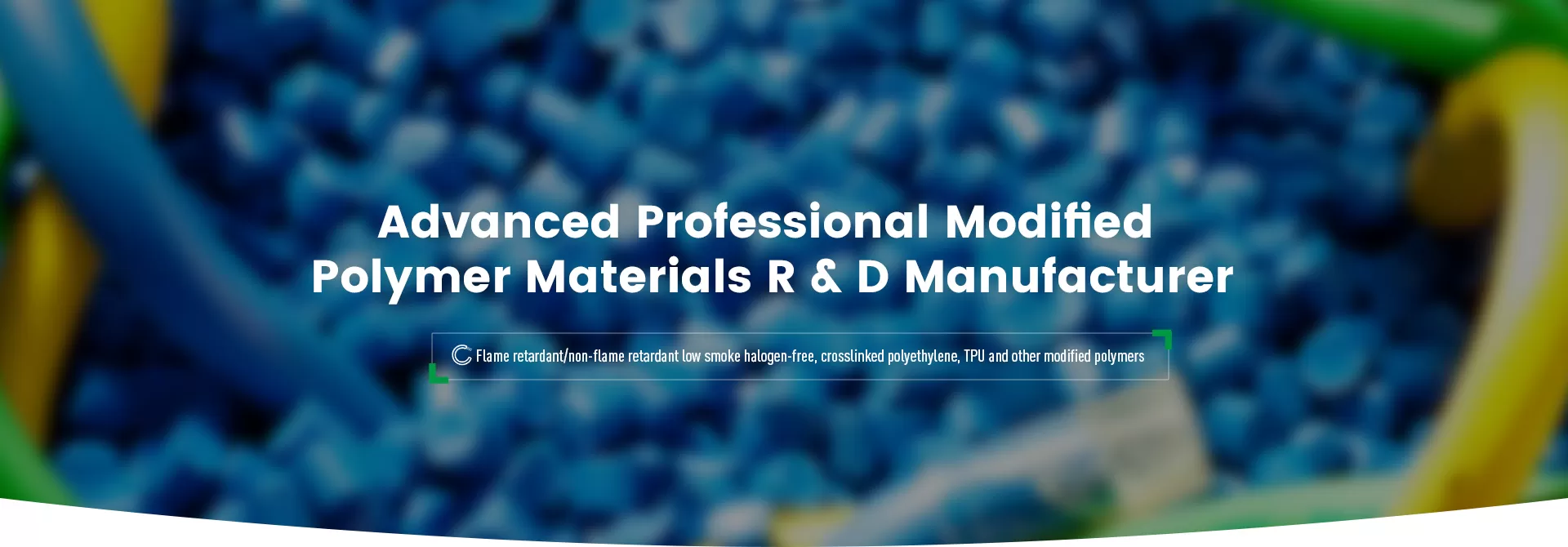
When producing special military-grade cables, the selection of cable materials is always a link that cannot be avoided. In particular, cable sheaths are basically the link in material selection that "looks fine, but goes wrong later". Most people look at the performance parameter table at first glance and think that PVC is cheap, polyolefin is environmentally friendly, and can pass basic tests, but when it comes to actual application, problems soon arise!
In recent years, our special cable projects have switched to LSZH Thermoplastic Polyurethane (Flame-Retardant LSZH TPU for short).
After using it, there is only one feeling: the material is a little expensive, but the performance is very stable in extreme environments.
The following shares several typical application scenarios and selection logic, and also talks about some pitfalls we have encountered.
The biggest difference between special military cables is that they are not running on factory assembly lines, but in the field, on equipment, on the battlefield and other environments.
Take low-temperature environments as an example. Ordinary cable materials can still be used normally at around -20℃, but some plateau environments require long-term exposure at -40℃ to -50℃. Conventional halogen-free materials, such as traditional polyolefin LSZH, will become brittle at this temperature and crack with a slight bend. Not to mention winding or heat shrinking.
We have done a -50℃ winding + impact test. Under the same wire diameter conditions, ordinary cable sheath materials are completely broken, while low-smoke halogen-free TPU still maintains toughness (slightly whitening). You can clearly feel that its elastic modulus decays much slower than other materials at extremely low temperatures.
In special scenarios, the sheath not only protects the internal conductor, but also withstands pulling, friction, impact, vibration, etc. The tensile strength of LSZH flame-retardant TPU can reach 15~20MPa, and the tear strength is ≥40 N, which is more than twice the performance of many traditional materials. We used PO sheaths before, and scratches appeared after dragging two or three times at the test site. TPU was violently pulled 20 times in the same way, and the structure was intact.
In fact, most flame retardant properties only depend on whether they can pass the VW-1 and IEC60332-1 tests. However, the flame retardant performance of cables in special scenarios focuses on two points:
Does it produce a lot of black smoke, and does it affect visibility and breathing?
Does the gas released during combustion corrode the equipment?
TPU itself is a polyurethane system that can be adjusted, and the amount of smoke can be reduced by modification. Our formula is far superior to the conventional LSZH polyolefin material on the market in the light transmittance test. In layman's terms, when the same wire is burned, the smoke of the TPU sheath is white and thin, while the smoke of PO is black and choking.
Another Key Point: halogen-free. This is not an environmental gimmick, but in closed cabins such as ships and submarines, if halogen gas is released during a fire, not only people can't stand it, but all surrounding copper and aluminum parts will corrode quickly.
Angreen's Low-Smoke Halogen-Free Thermoplastic Polyurethane:
Performs stably in flame retardant tests such as UL1581 VW-1 and IEC 60332-1;
The smoke density released during combustion is significantly lower than that of traditional LSZH materials, and the light transmittance is higher, meeting the visibility control requirements of closed cabins;
It does not contain halogens, and there is no corrosive acid gas after combustion, avoiding secondary damage to metal structures and instruments and equipment.
High and low temperature resistance: Supports finished cables to pass high and low temperature cycle tests of -50℃~125℃, as well as strict low temperature winding (-50℃) and low temperature impact (-50℃) tests;
Excellent wear resistance, high mechanical properties, tensile strength ≥15Mpa, tear strength ≥40N and elastic modulus are far superior to traditional low-smoke halogen-free polyolefin materials (LSZH), and are more suitable for high-demand cable applications in the military and aerospace fields.
Supports cables to pass 1000/2000 hours hydrolysis resistance test;
The material maintains structural stability in long-term high humidity and high temperature environment;
It is very suitable for high humidity and high salt fog scenes such as aerospace, ships, military industry, and field radar.
It is suitable for manufacturing various products with flame retardant requirements such as charging pile cables, mineral cables, submarine cables, robot cables, drag chain cables, films, hoses, and other wires and cables.